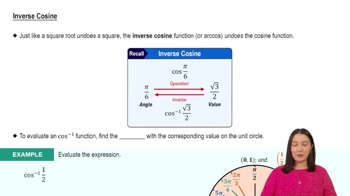Roots (Zeros)
a. Plot the zeros of each polynomial on a line together with the zeros of its first derivative.
iv. y = x³ − 33x² + 216x = x(x - 9)(x − 24)
 Verified step by step guidance
Verified step by step guidance Verified video answer for a similar problem:
Verified video answer for a similar problem:



 5:02m
5:02mMaster Intro to the Chain Rule with a bite sized video explanation from Patrick
Start learning